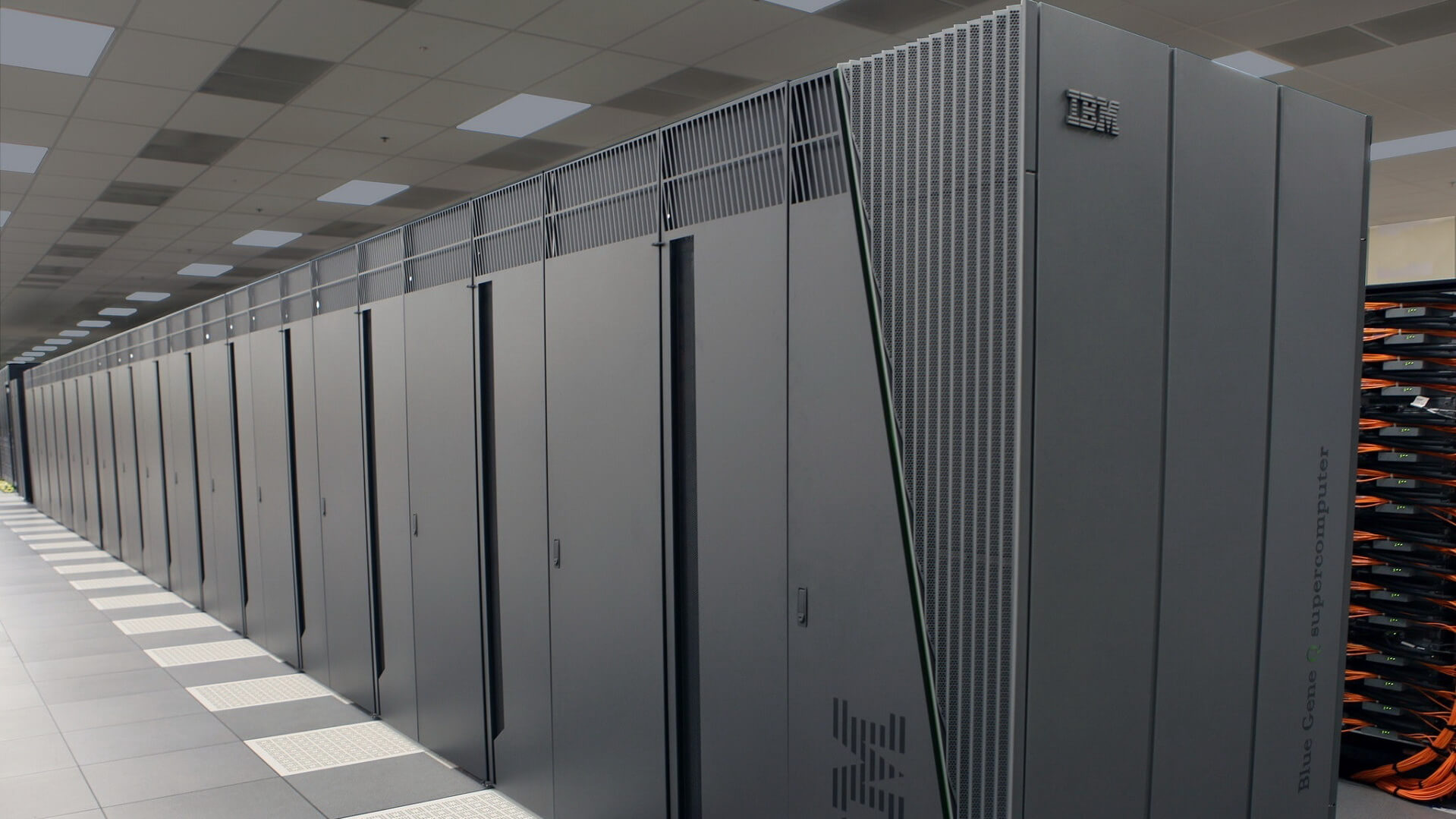The COVID-19 pandemic has accelerated the digital revolution, reshaping everything from business meetings to factory operations. This rapid shift, coupled with the advent of 5G communication, has increased the demand for cloud-based and online solutions. This has driven massive investments in IT infrastructure, especially data centres says Hiroki Nishiyama of Mitsubishi Electric.
The demand for data centres is so high that the global market is expected to increase by about 8% in the next decade. Moreover, this will result in a higher growth rate of 17.5% for data centre infrastructure management. Yet, building and maintaining data centres is more complex than investing in IT servers. Three key considerations are crucial: sustainability, efficiency, and redundancy.
Increasing cooler efficiency
Energy efficiency is paramount in data centres, given their large electricity consumption and its cost. From powering IT servers to cooling systems and backup units, these centres need immense energy resources. A major consideration of these centres is that over time, heat generated by the servers can degrade electrical components. This is why efficient cooling is crucial both to maintain optimal server performance and prevent wasting energy.
A typical server room with 50 servers, produces about 17-18 kilowatts of heat an hour. To mitigate this, measures include improving the energy efficiency of air handling and conditioning by using VSDs on motors driving pumps, compressors, and fans.
Newer cooling technologies often come with built-in VSDs to optimise motor energy use. Retrofitting variable speed drives in older equipment will also help reduce power consumption and increase sustainability. As an example, reducing a fan speed by 10% reduces its energy consumption by over 25%
Reliability of data centres
Modern VSDs have built-in preventative maintenance features for monitoring load characteristics. This helps detect degrading performance early, enabling operators to schedule timely maintenance, thereby reducing downtime.
Besides maintenance, real-time monitoring of the status of facilities can streamline data centre operations. Advanced visualisation can oversee various subsystems, from lighting to disaster prevention systems and send alarm messages. Coupling cloud services with SCADA systems can process large data volumes, enabling integrated monitoring of many data centres.
System redundancy
Another priority for data centres is redundancy and the need to keep the facility operational no matter what happens. This applies not only to the servers, but also to power supplies, cooling systems, and security apparatus. For example, redundant PLCs can control the HVAC systems to maintain air quality, humidity, and temperature, affecting the data centre.
There is a balance to strike in the placement of the main and standby PLCs. Their installation should be far enough apart to avoid interference but close enough to enable fast switching in emergencies. They should also receive supplies from different power sources. A high-speed redundant PLC system has a switching time of around 10 milliseconds to ensure continuous control with high reliability.
With the ever-increasing demand for digital services, preventing downtime even for short durations is a critical factor. The cost of even a short downtime for a cloud data centre is financially costly and risks loss of reputation.
Thus, creating a reliable data centre system goes beyond the realm of IT. It is about managing systems to be redundant, efficient, and sustainable. Leveraging known technologies and partnering with experienced players in the field are significant measures to manage costs and mitigate risks.
With an understanding of the requirements and challenges of data centres, Mitsubishi Electric can help guide users and specifiers. Discover more about how Mitsubishi Electric can empower your data centre with advanced technology and solutions here.


